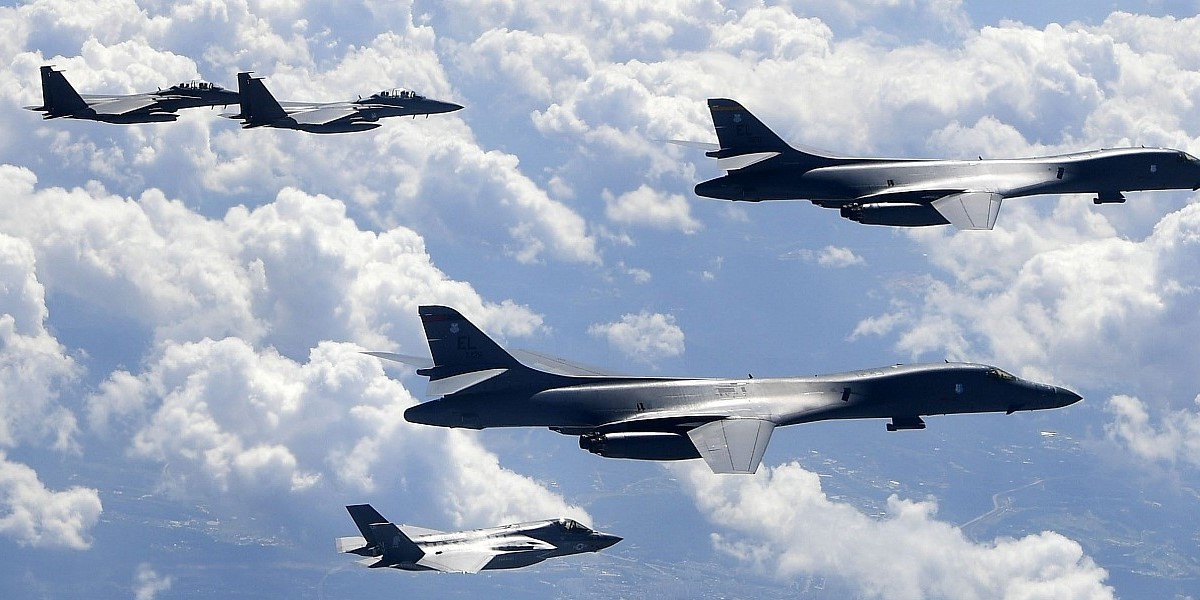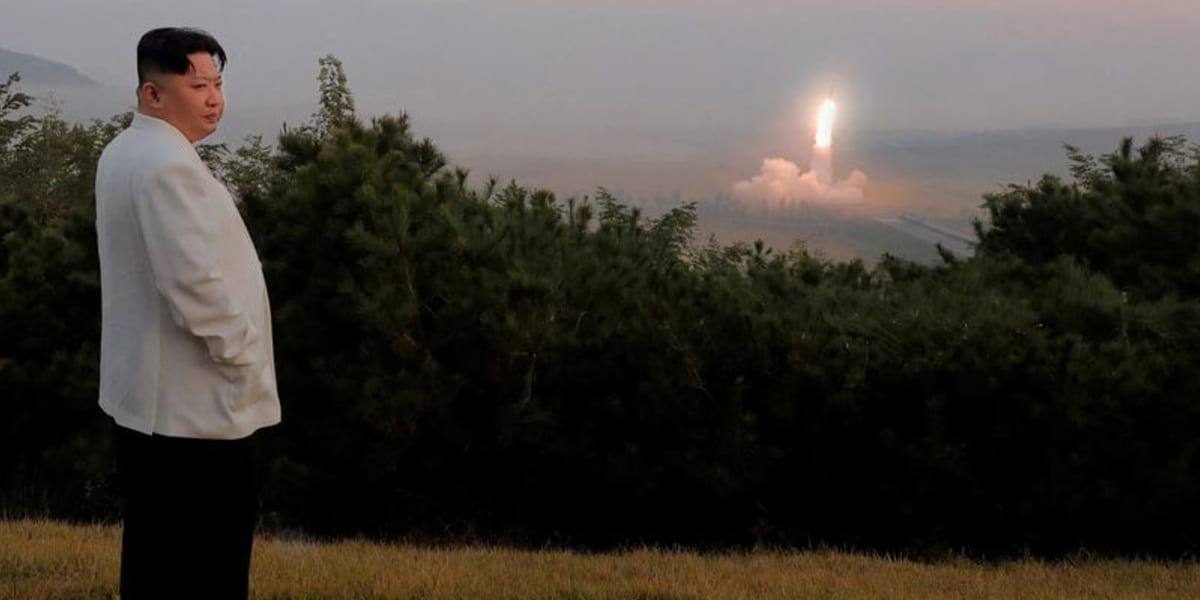North and South Korea has engaged in missile counterstrikes with the former firing at least ten missiles of various types from its east and west coasts . The barrage of missile tests set off an air raid warning in South Korea’s Ulleungdo island that sits about 120 kilometers east of the Korean Peninsula. The missile launch by North Korea happens to be it 29th this year which came after the United States and South Korea began previously scheduled military exercises called “Vigilant Storm”.
Exercise Vigilant Storm
South Korea and the United States started a large joint air exercise, mobilizing more than 240 aircrafts including advanced stealth fighters and electronic warfare aircraft. Vigilant Storm, as it is called made a comeback after a five-year hiatus under the Moon Jae-in administration. It was suspended the drill to pursue rapprochement with North Korea. South Korea is mobilizing 140 planes, including F-35A stealth fighters, F-15K jets and KF-16 jets.
The U.S. has sent 100 aircraft, including F-35B stealth fighters based in Kadena Air Base in Okinawa, Japan, EA-18 electronic warfare aircraft, KC-135 tankers and the U-2 high-altitude reconnaissance aircraft. The allies are scheduled to conduct more than 1,600 sorties during the exercise, which is being coordinated by the Korean Air and Space Operations Center to enhance the two air forces’ joint operational capabilities. The U.S. Air Force, the allies “will work together with the joint services to perform major air missions such as close air support, defensive counter air, and emergency air operations 24 hours a day during the training period.
An additional “support forces on the ground will also train their base defense procedures and survivability in case of attack. The Royal Australian Air Force is also participating in the exercise and has deployed a KC -30A multi-role tanker transport plane.
North Korean Retaliation
Joint exercises by the South Korean and U.S. militaries have long been condemned by North Korea. Pyongyang issued a statement claiming the joint air exercise by the United States and South Korea is a rehearsal for invading North Korea. A North Korean ballistic missile landed less than 60 kilometres off South Korea’s coast, which happens to be the first test strike near the South’s waters.

The missile landed outside of South Korea’s territorial waters, but south of the Northern Limit Line (NLL), a disputed inter-Korean maritime border in what South Korean President Yoon Suk-yeol called an “effective act of territorial encroachment”.
The launches came just hours after Pyongyang demanded that the United States and South Korea stop large-scale military exercises, saying such “military rashness and provocation can be no longer tolerated.” South Korea responded with missile launches of its own.

Japan’s response
Japanese Prime Minister Fumio Kishida stated that North Korea is launching missiles at an “unprecedentedly high frequency.” Kishida also called for a National Security Council meeting to be held as soon as possible due to the rising tensions on the Korean Peninsula.

Earlier, Japanese Defence Minister Yaukazu Hamada said North Korea fired at least two missiles and both were estimated to have fallen outside Japan’s Exclusive Economic Zone (EEZ). No damage to aircraft or vessels has been reported at this time, and it is possible the ballistic missiles flew on an irregular trajectory.

